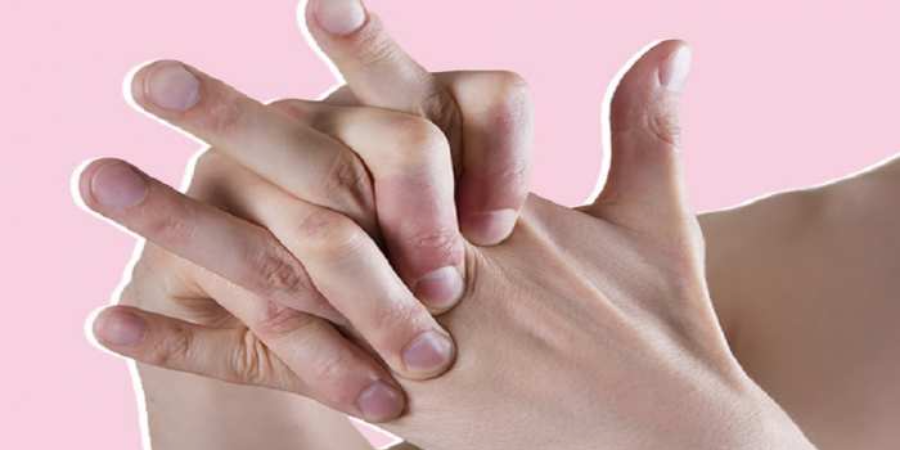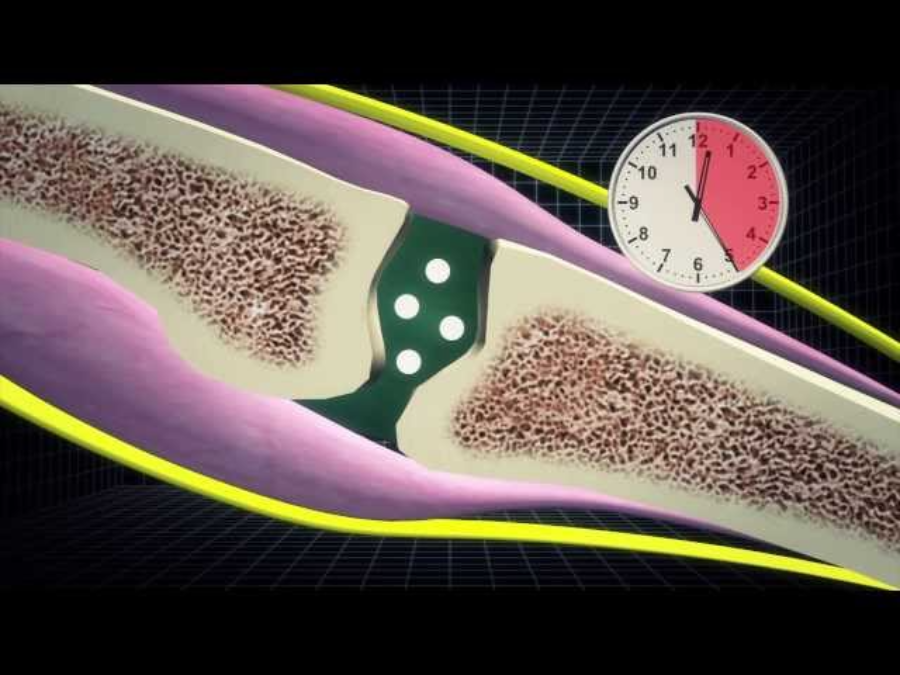

Many of us have the habit of cracking our knuckles and other joints. Some people do it unconsciously when they are nervous or just feel like it. For some people, it provides a sense of satisfaction. However, is it really harmless?

To understand why our knuckles crack, it's important to know how our joints work. The joints in our body are formed by two connecting bones that are lubricated by a fluid called synovial fluid. When we move our joints in certain ways, such as stretching or bending our fingers, gas bubbles can form in the fluid. These bubbles then collapse or burst, causing a sound similar to cracking. In addition, ligaments in the joints can produce a popping sound when they move. The sound is caused by a buildup of negative pressure when the bones are pulled apart, which then causes the bubbles to burst. It's similar to blowing up a balloon and then stretching the walls of the balloon outward until it pops.
The reason you can't crack the same knuckle or joint twice right away is that it takes some time for the gas bubbles to accumulate again in the joint.
Sometimes when we squat or straighten our legs, we may hear a sound coming from our knees. This sound is not always due to the bubble popping; it could also be caused by two bones gliding against each other. These two bones are the patella (knee cap) and the femur (thigh bone).
There is a debate surrounding the safety of knuckle cracking, but most experiments suggest it is harmless. However, some studies have reported tendon injuries and dislocations caused by aggressive knuckle cracking. Comparing people who crack their knuckles to those who do not, it has been observed that knuckle cracking can result in a reduction in grip strength, and increased chances of arthritis, joint inflammation, and hand swelling. It also depends on the force used on the joints. Some people have naturally weak bones, and they may be at higher risk of hairline fractures.
The cracking sound that you hear when you pop your knuckles is a normal occurrence and is not known to cause any harm to the joint surface. However, as a medical professional, I strongly advise against this practice. Instead of releasing air bubbles, you could end up injuring a tendon or spraining a ligament, which can lead to severe medical complications.
